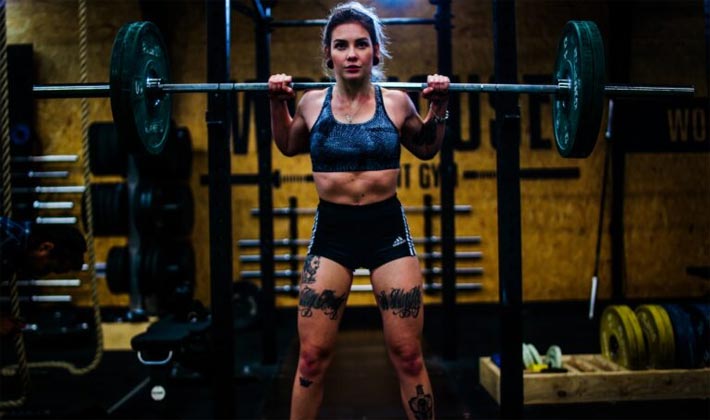A new year tends to bring on new exercise routines! The gyms (when open) get busier in January and February, but by March, pain tends to provide a good excuse to move on from the resolution. To help prevent the resolution from falling off by March, it is important to take care of your body in the beginning stages of the routine! Your feet are very important when beginning an exercise routine because they can affect other parts of your body!
Exercise
Specifically looking at the exercise routine, it is important to start small and gradually build the intensity and duration of the exercise. It is similar to running a full out sprint without warming up the body; you are very likely to hurt yourself. To ensure you are appropriately building the intensity, it is a good idea to talk to someone who has more knowledge about building exercise routines.
In addition to the exercise, stretching regularly helps to prevent injury. Building muscle can shorten the muscles. If muscles are continually shortened at one area, and not on the opposing muscle, this can create an imbalance. Because imbalances can also come in different ways, it may be beneficial to speak with a physiotherapist or chiropractor to address your specific condition.
Get your feet checked

An imbalance can originate from the feet. When starting a new exercise routine, the proper support becomes more important even if you haven’t been in pain previously. Pain can develop from a specific event or can accumulate over time. Exercise puts more stress on the body, which can exaggerate any gait abnormalities or imbalances already present.
Also, look at signs of pressure, especially in the first few months of starting the new exercise routine, or when changing up your regular exercise routine. Signs of pressure can be seen as redness, calluses (thick skin), corns or bruising. These pressure points may worsen if not dealt with.
Footwear
Wearing the proper shoes is also important. First, the correct type of shoe can make a difference. A casual or dress shoe will not provide the appropriate support, fit and cushioning for an exercise routine. If your exercise does not involve high impact or running exercises, a walking shoe can be appropriate. A walking shoe will have a wide and solid base for increased stability. A running shoe is very popular for exercise because it is a lighter shoe and can be used for any type of exercise. These running shoes come in different levels of support: neutral and stability. To determine which one is best for you, talk to your local Canadian Certified Pedorthist. There are also sport specific shoes which have the appropriate features for the specific activity they are meant for.
The proper shoe fit is also important to prevent excessive motion or compression in the feet. Make sure the length, width and depth are all appropriate for your feet. Your local Canadian Certified Pedorthist can also help you with the appropriate shoe fit. When the shoe fit is not appropriate, blisters, redness or other signs of pressure and shear can develop.
Once you have the appropriate shoes for your feet, your work isn’t complete! Make sure to check for wear on the shoes. Even the best shoe will wear down and lose its support. The lifespan of a shoe varies from each person and the type of shoe worn, but shoes typically last between six months to a couple years. If you are quite active, make sure to monitor your shoes very frequently. Signs of shoe wear can be seen at the bottom (sole) and at the midsole (above the sole). Look for the sole starting to wear down, and creasing on the midsole. Another sign that the midsole is wearing down, is to look for the front of the shoe (toe) bending upwards.
For more information about your feet and footwear, talk to your local Canadian Certified Pedorthist!
By Julia Hayman, C. Ped (C)
